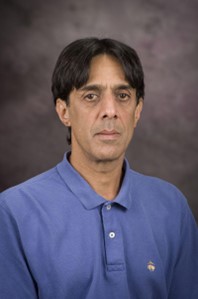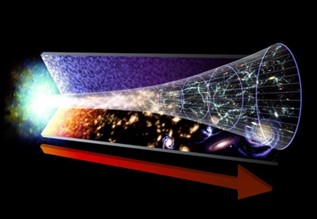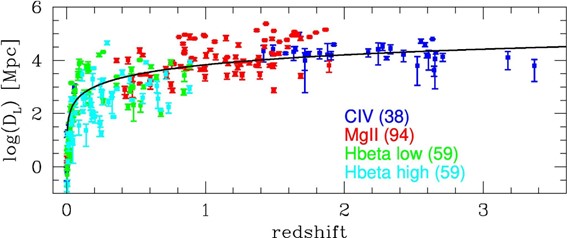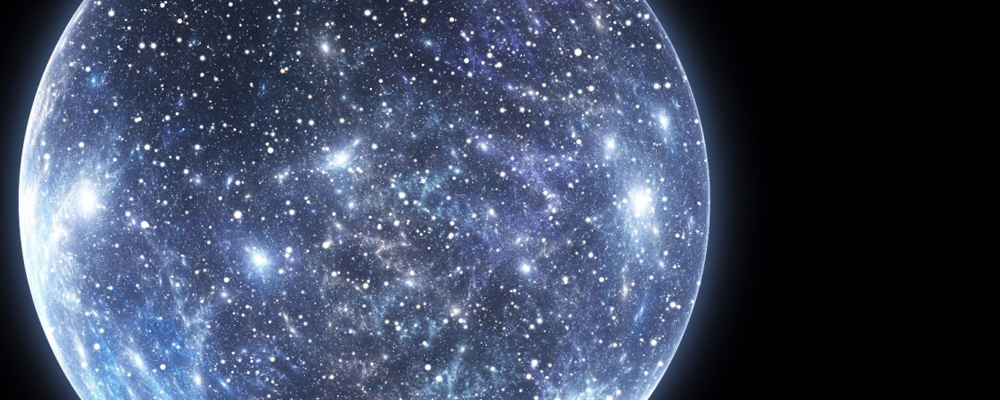Renowned cosmologist will visit Brno
On Sunday November 20th 2022 at 6 pm, the Brno observatory and planetarium will host a special cosmology lecture that will be given by Prof. Bharat Ratra, a distinguished professor of physics at the Kansas State University. During the public lecture “The accelerating expanding universe: Dark matter, dark energy, and Einsten’s cosmological constant“ Prof. Ratra will explain how the astronomical data have convinced us that the Universe is not only expanding since the Big Bang, but currently its expansion is accelerating. The leading candidate to address the accelerated expansion is dark energy, which is currently dominating the energy budget of the Universe together with dark matter. Both dark energy and dark matter are largely unexplored and so far have remained as model concepts without direct detection.


Prof. Ratra, who originally comes from India, completed his doctoral studies at the Standford University in 1986 under the supervision of Leonard Susskind and Michael Peskin. He performed postdoctoral research projects at the Standford Linear Accelerator Center, the Princeton University, the California Institute of Technology, and the Massachusetts Institute of Technology. In 1996 he became an assistant professor of physics at the Kansas State University (KSU) and was promoted to the full professorship at the same university in 2004. Ratra is best known for the development of the first model of the dynamical dark energy (together with Jim Peebles), and his work on the quantum-mechanical generation of energy density and magnetic field fluctuations during the inflation era of the Universe.

Currently, the standard cosmological model that can satisfactorily address the main large-scale features of the Universe is the flat ΛCDM model, in which the dark energy component is represented by Einstein’s cosmological constant whose energy density does not evolve during the expansion of the Universe. However, there are several cosmological tensions between cosmological parameters inferred using late-Universe and early-Universe cosmological probes. The most notable is the Hubble constant tension, which is based on the discrepancy between the Hubble constant measurement using late-Universe probes such as supernovae Ia and the value inferred using the cosmic microwave background. It is not clear now whether there are unknown systematic issues while dealing with the established cosmological probes or, more interestingly, whether the cosmological tensions imply new physics beyond the standard cosmological model. Prof. Ratra and his team are searching for alternative cosmological probes that can help to settle the current tensions. One of them are quasars, highly accreting active galactic nuclei, visible to large cosmological redshifts. “Quasars are manifestations of highly accreting supermassive black holes. Although they have a broad range of luminosities, we have developed methods over the last ten years to standardise them. The main advantage of quasars in comparison with supernovae Ia is that they can be detected from the local Universe to large cosmological redshifts,” says Dr. Michal Zajaček from the Masaryk University, who has been actively collaborating with Ratra and his team at the KSU to use quasars for constraining cosmological model parameters.

Exemplary lecture given by Prof. Bharat Ratra on the occasion of the 2019 Physics Nobel Prize awarded to Prof. James Peebles 2019 Physics Nobel Prize Explainer by Bharat Ratra
FB event: https://www.facebook.com/events/799168474470683
Tickets are available here: https://1url.cz/GraZ2



























